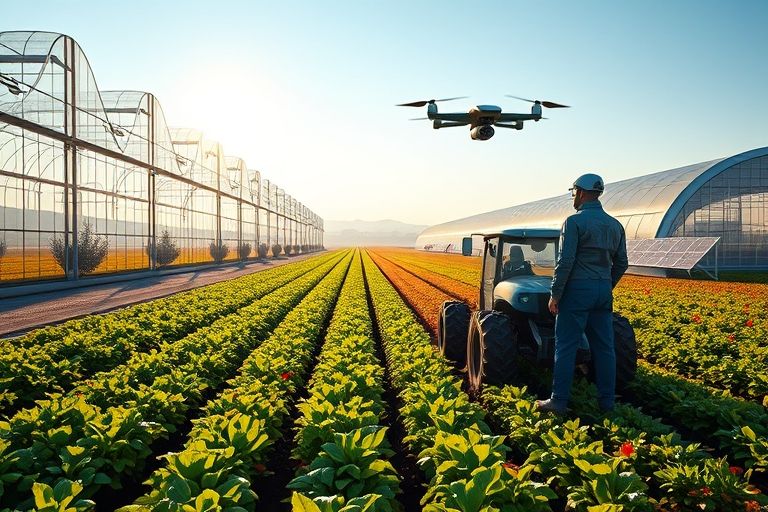
With the rapid advancement in technology, it is no surprise that the agricultural industry has also undergone a transformation. The traditional methods of farming have given way to modern techniques that incorporate artificial intelligence (AI) and machine learning. These AI-driven solutions have revolutionized the way farmers approach their work, making it more efficient, effective, and sustainable.
AI-driven solutions have numerous benefits for the agricultural industry. One of the most significant advantages is that it enables farmers to make informed decisions based on data-driven insights. This helps to optimize crop yields, reduce waste, and increase profitability. AI also helps to streamline the farming process, making it more efficient and less labor-intensive. This reduces the workload on farmers and frees up their time to focus on other important tasks.
There are several examples of AI-driven solutions that are being used in agriculture today. One such solution is precision farming, which involves using sensors and data analytics to monitor crop growth and soil conditions. This helps farmers to optimize their use of resources such as water, fertilizer, and pesticides, reducing waste and increasing crop yields. Another example is the use of drones, which can be equipped with sensors and cameras to collect data on crops and soil conditions. This data is then analyzed using AI algorithms to provide insights that can help farmers make better decisions.
Implementing AI-driven solutions in agriculture requires a combination of hardware and software. Sensors, drones, and other data collection devices are used to gather data from the farm, while software programs analyze this data to provide insights and recommendations. Farmers can either develop their own AI algorithms or use off-the-shelf solutions that are tailored to their specific needs. It is also important to ensure that the hardware and software are properly integrated to provide a seamless user experience.
In conclusion, AI-driven solutions have transformed the agricultural industry, making it more efficient, effective, and sustainable. With the use of precision farming, drones, and other AI technologies, farmers can optimize their use of resources, reduce waste, and increase profitability. Implementing AI in agriculture requires a combination of hardware and software, and farmers can either develop their own AI algorithms or use off-the-shelf solutions. As technology continues to advance, we can expect to see even more innovative AI-driven solutions that will transform the way we farm.